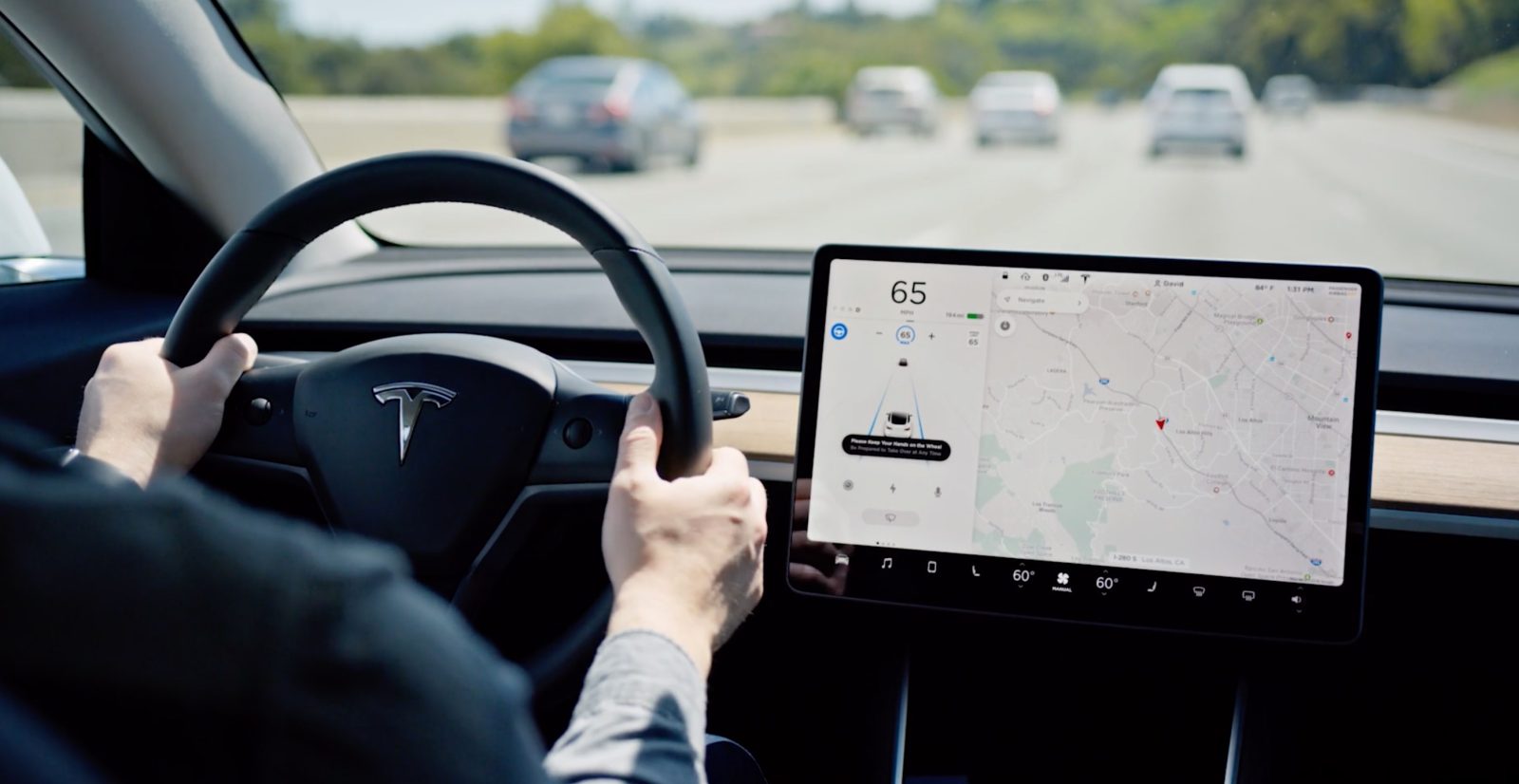
What differentiates Tesla from other competitors.
There are a lot of players in the fully autonomous market, from Waymo backed by Google, to Tesla backed by Elon Mask. However, most of the autonomous vehicle players can be divided into two groups based on the type of sensors employed on their vehicles.
What separates Tesla from the like of Waymo and Cruise are their takes on Lidar technology. Tesla’s Elon Mask famously stated that ‘Lidar is a fool’s errand’, and decided to take on autonomous driving without any lidar. On the other hand, others such as Waymo and Cruise relies heavily on lidar.
As result, Tesla has spent most of its effort on improving its machine vision algorithm using its user data. On the other hand, while Waymo and Cruise are also focusing on improving its deep learning model, they are also focusing on advancing lidar performance and affordability.
Who’s wining the autonomous vehicle race?
Well, from a purely technological perspective, Waymo’s automatous vehicle is ahead of Tesla, as it is currently carrying paying passengers without an actual driver, but only in a city that is fully mapped. On the other hand, Tesla is merely an advanced cruised control that requires ‘constant driver attention’.
From an economic perspective, Tesla’s ‘autopilot’ feature is the most valuable marketing tool Tesla, as it is heavily used in Tesla’s sales pitch to gain market share. On the other hand, Waymo’s driverless taxis are nowhere near profitability, due to the economics of scale and the vast amount of engineers required to maintain its operation.
Why Lidar is Superior to Cameras and Always Will Be
First and foremost, there is no debate about which sensors are the best, or the safest, from the perspective of autonomous driving. A lidar system will always be faster than any vision system based on a camera, and this will always be a fact based on the fundamental working concept of lidar in comparison to a camera (CMOS sensor).
Without going into detail, both cameras and lidar are based on photons, but it is how the photons are interpolated that makes lidar much faster than cameras. In short, the algorithms behind machine vision are much more computationally expensive than any time-of-flight calculation needed for lidar.
Furthermore, it is much more challenging to derive certain information using solely pictures. Imagining a car in a picture, can you tell how fast it is moving? No, the determination of speed requires multiple images. Not only do you have to capture those images at high speed in short period of time, but you also must process them at high speed. This is the reason why Tesla requires high performance computation hardware, because the delay from image sensor to control output could mean life or death, especially when you are about to crash into a stopped car.
What is Tesla’s next move?
Tesla’s recent decision to remove radar from all future models is not because of the sudden performance increase autopilot, but the exact opposite: Tesla’s decision to switch to solely cameras is a business decision, because they have realized that a fully autonomous car will not be feasible for Tesla in the near future, even with the help of radars. As result, removal of radars is the easiest cost saving to increase market share.
At the meantime, I suspect Tesla will focus on more important priorities. It will continue to use autonomous driving as a marketing tool to boost sales. However, it will take more drastically measurements to reduce production costs, as the cost of Tesla ownership is still very high. This is the reason for the removal of radar that resulted further degrading the performance of its ‘autopilot’. All future Tesla models without radar will no longer be able to switch on autopilot passing certain speed or under other circumstances.
However, I suspect Tesla will eventually incorporate Lidar and radar back into Tesla on higher performance models, once the cost of Lidar is comparable to the cost of cameras. Of course, Elon Mask will likely come up with a new name for Lidar, such as 3DCamera, and bury those added hardware in some type of advanced subscription autopilot package.
Conclusion
The decision to use cameras instead of lidars is a business decision that makes zero sense technologically. Subtraction will always be faster than convolution and Fourier transform, and reaction speed & accuracy is a crucial factor to safe autonomous driving.
Tesla’s reliance on cameras instead of lidar may be a gamble based on technology that does not currently exist, or a carefully calculated business decision. It may have underestimated the fundamental limitations of CMOS sensors and machine vision, and the economics of scale in relation to lidar(as the cost of lidar has been reduced by 90% in the past 5 years).
I suspect Tesla understood the limitation of camera, and the economics of scale for lidar very well. Tesla simply waiting on others to bring down the cost of lidar while running a profitable business, just as it wait for deep learning from the likes of Google and Facebook.
Machine Vision Integrators